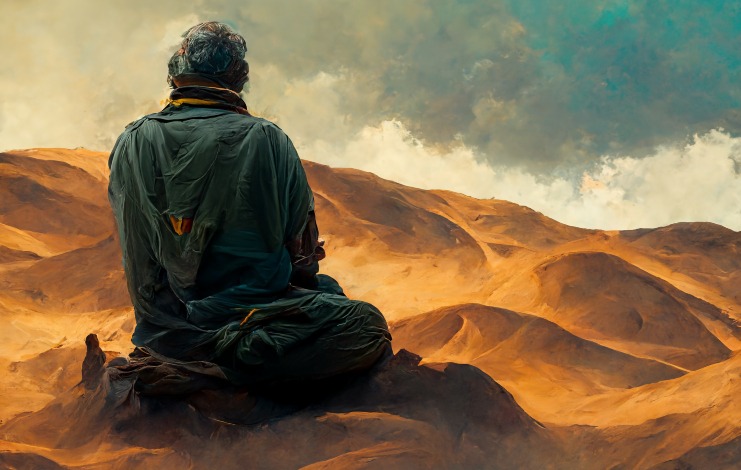The worlds of technology and AI are moving at a rapid pace; recently there has been a lot of controversy and debate within the digital art scene, which led to the start of a dialogue about what makes a person a digital artist in the first place.
The Divisive Spark
A few days ago, artists were furious when a game designer named Jason Allen entered an art piece called “Théâtre D’opéra Spatial,” (French for “Space Opera Theater”) at the Colorado State Fair Fine Arts Competition, winning first place in the emerging artist division’s “digital arts/digitally-manipulated photography.”
You could be asking yourself, “what’s the problem with that?” which is a fair question. However, the main point that had many digital artists angry is that the piece of work Allen entered in the competition was created using an artificial intelligence (AI) program named Midjourney. This program essentially produces images using deep learning according to prompts entered by a user.
Allen didn’t deny that he used AI at all; he did the opposite. Allen posted on the Midjourney platform revealing his process. He explained how he had to go through several versions of the art, picked his top three pieces, and submitted them to the competition, winning with one.
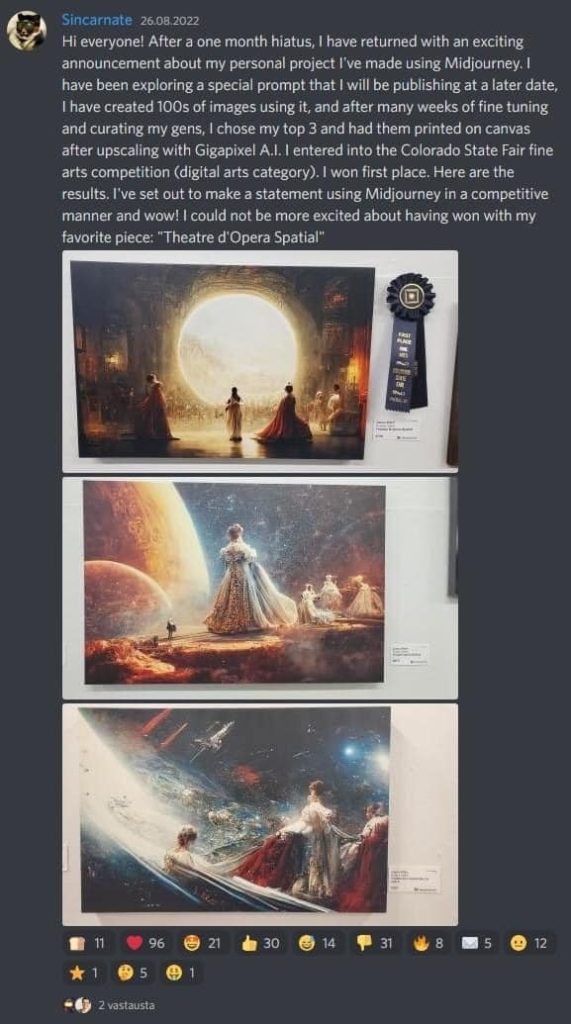
This information infuriated digital artists from all over the world, starting a debate on Twitter. Many artists relayed their shock at how something like this happened and that Allen didn’t deserve the win he got or the title of digital artist.
Others elaborated that he didn’t deserve the win simply because he didn’t go through the learning process of working hard to master the craft, failing, learning from those mistakes, and finally creating his own sense of style, unlike many others. Many artists on Twitter were frustrated that he just “just typed a few words” in a prompt bar and got his art piece with AI doing most, if not all, of the work for him.
MENA Social Media Debate
Something similar has been happening in the MENA region as well, as several groups on social media saw an uptick in many people posting images created using Midjourney. Some people posted the artwork stating that they were the result of playing around with the AI platform. Others didn’t mention anything at all and among them were a few who credited themselves as the original creators of the work, even though they didn’t have a history of creating art like that before.
There was also a certain platform that highlighted a member as an “AI artist”, which led to many people commenting that the person didn’t deserve the title because of several reasons. They included the fact that the AI platform is relatively new, so no one could have mastered it yet; there isn’t such a thing as an AI Artist, and just because the person used the Midjourney platform doesn’t make them an artist.
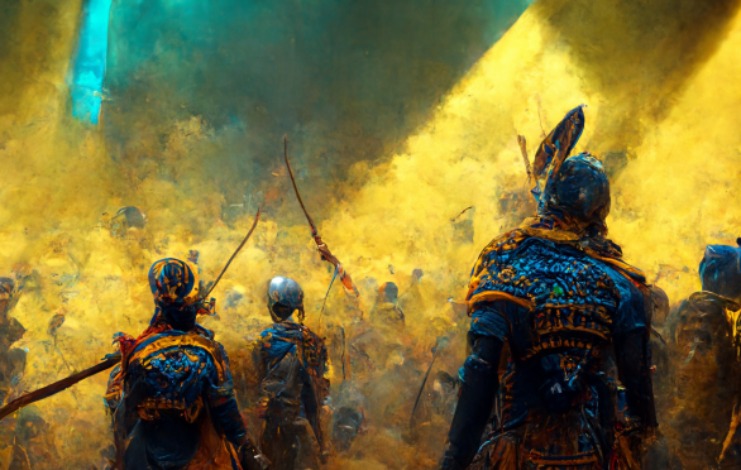
On other hand, the highlighted person responded to the criticisms that were sent their way, explaining that their career spanned several years, they were already a professional in the field of art direction, fine art, fashion, and photography, and didn’t need AI for their work. They also explained that it was just a tool that they were experimenting with.
The art director also shared their thoughts on the matter, saying that they agreed that using AI to create images and pictures shouldn’t be considered an art form. Another point they made was that people should consider AI platforms like Midjourney a piece of technological evolution within the art field, it’s already here, and more will be developed in the future.
What Should We Think About It?
It’s early to have a good grasp of the whole situation. Yes, these AI platforms provide a way to create art, but not everyone who uses them can call themselves an artist.
Understandably, people are apprehensive about the platform. When cameras were first starting to spread as a way to capture what was in front of it, artists, and more specifically painters, were afraid that this new invention would take over their job, which eventually happened.
That said, these AI platforms would be a great tool if you’re looking for concepts or inspiration in a certain look and feel to then create something else unique in the end.
What Do People In The Community Have To Say?
We also talked to Art Director and Concept Artist, Mohamed Saad, also known as “The Fear Master” in the digital artspace, and asked him what he thought about the matter.
The Early Beginnings
So basically when this tech got announced everyone in the industry was excited, myself included, then information started going around about how the algorithm was basically scrapping artists’ work and using it without their permission, I found my name and many other artists I know within the database.
But that’s just the tip of the iceberg. It gets even worse, there’s another AI software called “Diffusion” and this one is making really accurate artworks, unlike Midjourney which makes distorted or incoherent stuff.
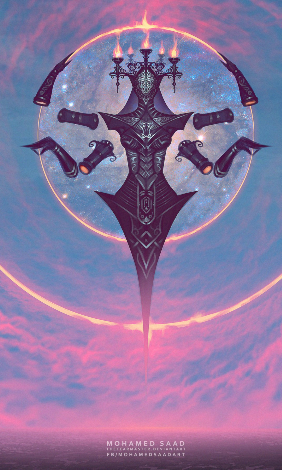
Turned out this AI “DIFFUSE” was mixing artists’ work without any change. For example, let’s say you made a boat painting and I made an ocean painting and someone wrote “boat in the ocean” the AI would copy-paste our artworks and mix them together with little to no change.
Training
Most AI stuff works that way, they’re “training it” by using copyrighted artworks from our gallery and selling it. Be it the developers selling subscriptions or users selling the artworks they never painted using work stolen from artists.
There’s also the gaslighting from the tech companies who use this stuff saying “we’re just gatekeeping and hate non-artists,” while in reality, we as artists are upset because we’re being used.
Harsh Reality
The digital art and concept design industry are severely underpaid and overworked and I’m speaking from experience of being in it for almost eight years, I’ve worked in games, movies, TV shows, and other entertainment projects.
There have been secret talks about many studios considering using it instead of artists and some have already been doing so. Thankfully I have a loyal client base but I know many artists who lost most of their income because of it.
Dystopian Future?
Another thing that’s really concerning is: imagine living in a world where every artwork is generated. There’s no soul in it, there’s no substance, it’ll just be a Frankensteined mishmash of stolen artworks from struggling artists trying to make ends meet.
Doing concept art helped soften the impact of poverty for me, I used to work in unimaginable inhumane jobs for literal pennies, every artwork I make is a message, a piece of my soul.
Seeing the artworks that I put my heart into get corporatized and used in a project that wants to replace art with pretty colors and soulless creations is heartbreaking.
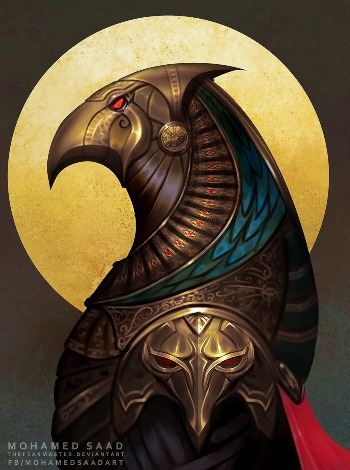
Many artists opposing this new system have been labeled as Luddites and gatekeepers while in reality, we’re always ahead when it comes to state-of-the-art tech, and most of us share tutorials, materials, and lifelong knowledge for free while we can barely pay the bills; while money helps us sustain ourselves and families our calling in life is beyond that.
Seeing Silicone Valley companies take advantage of our work and selling subscriptions for it is soul-crushing. We laugh about it in conversations, but we’re very heartbroken.
We Said This: Don’t Forget… Picasso VS Robots: The Human Touch Faces Off Against AI


